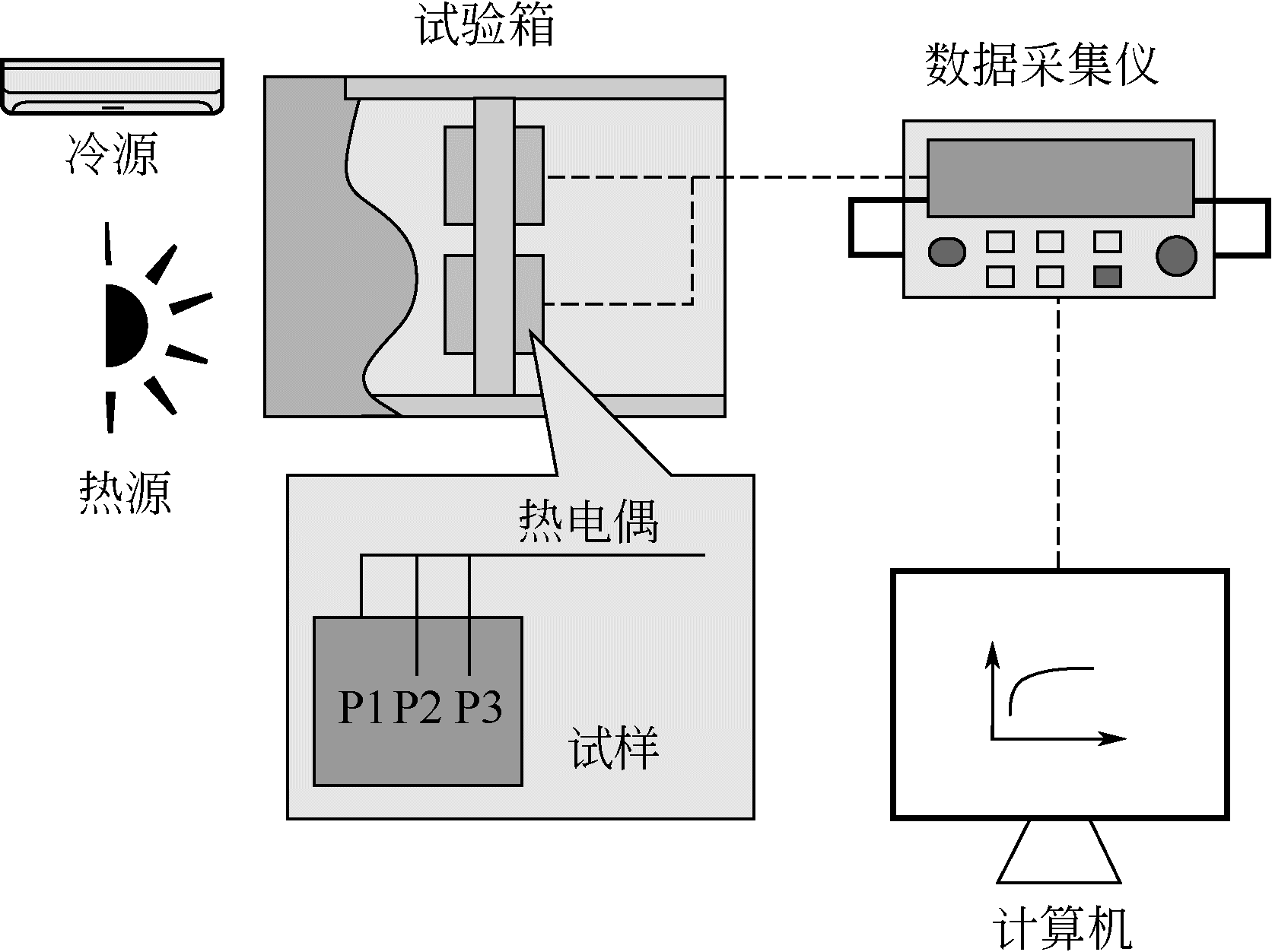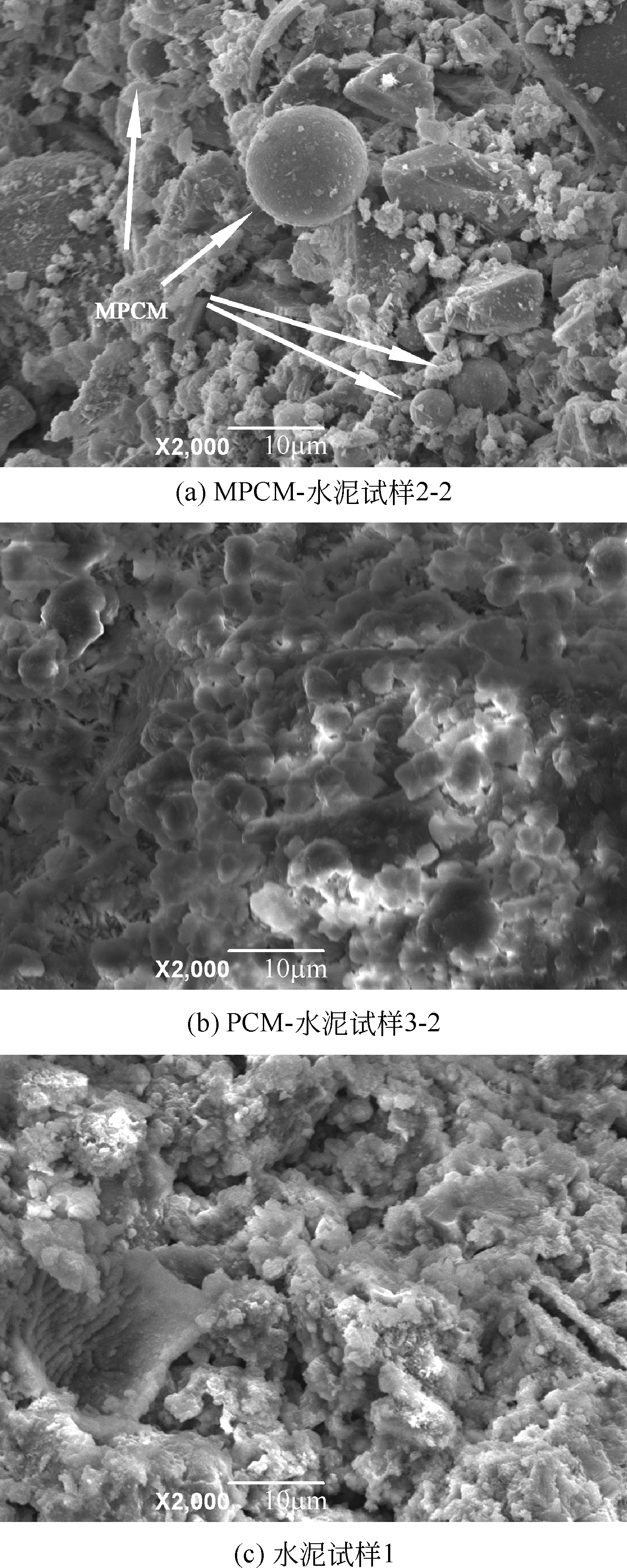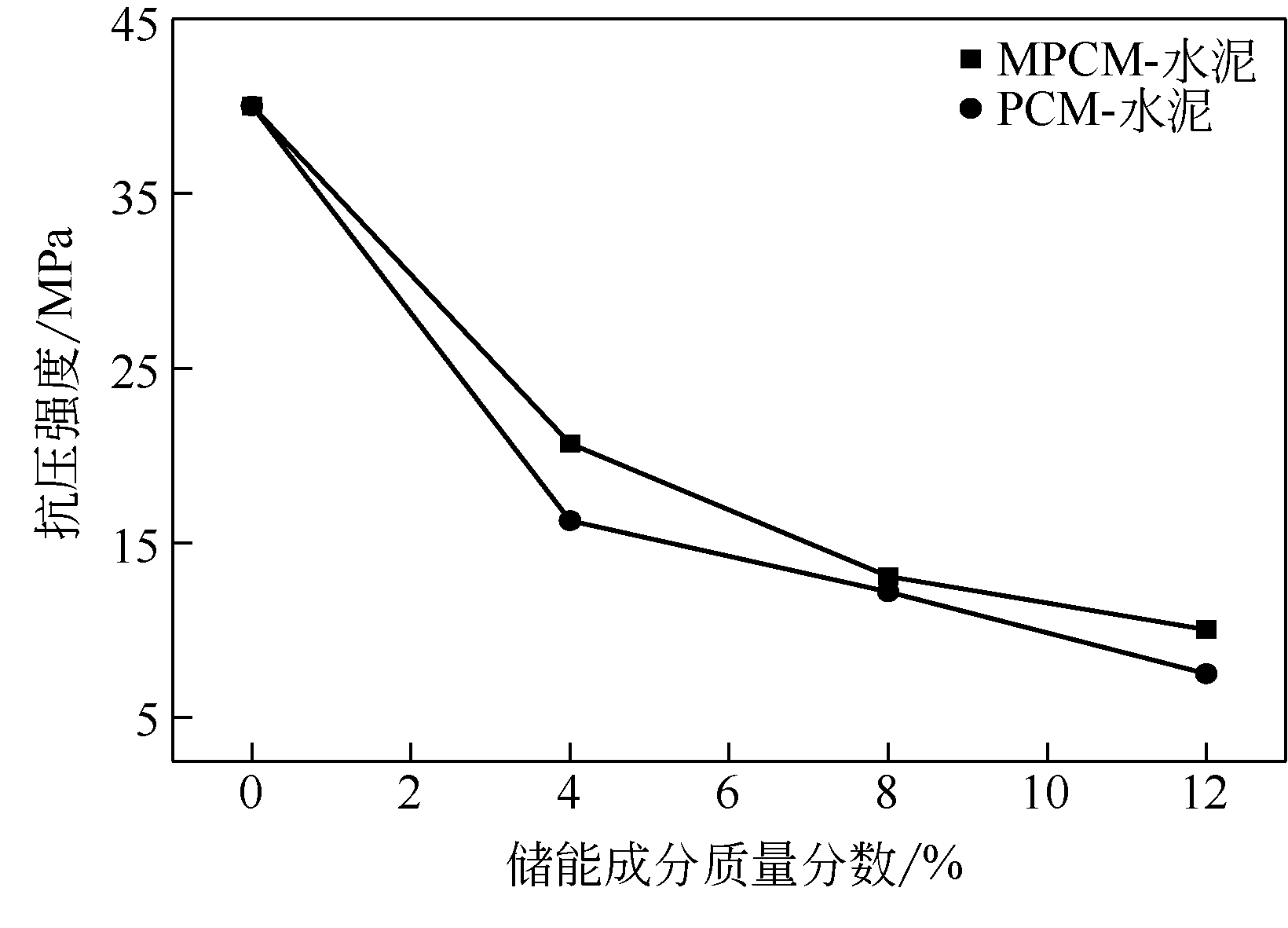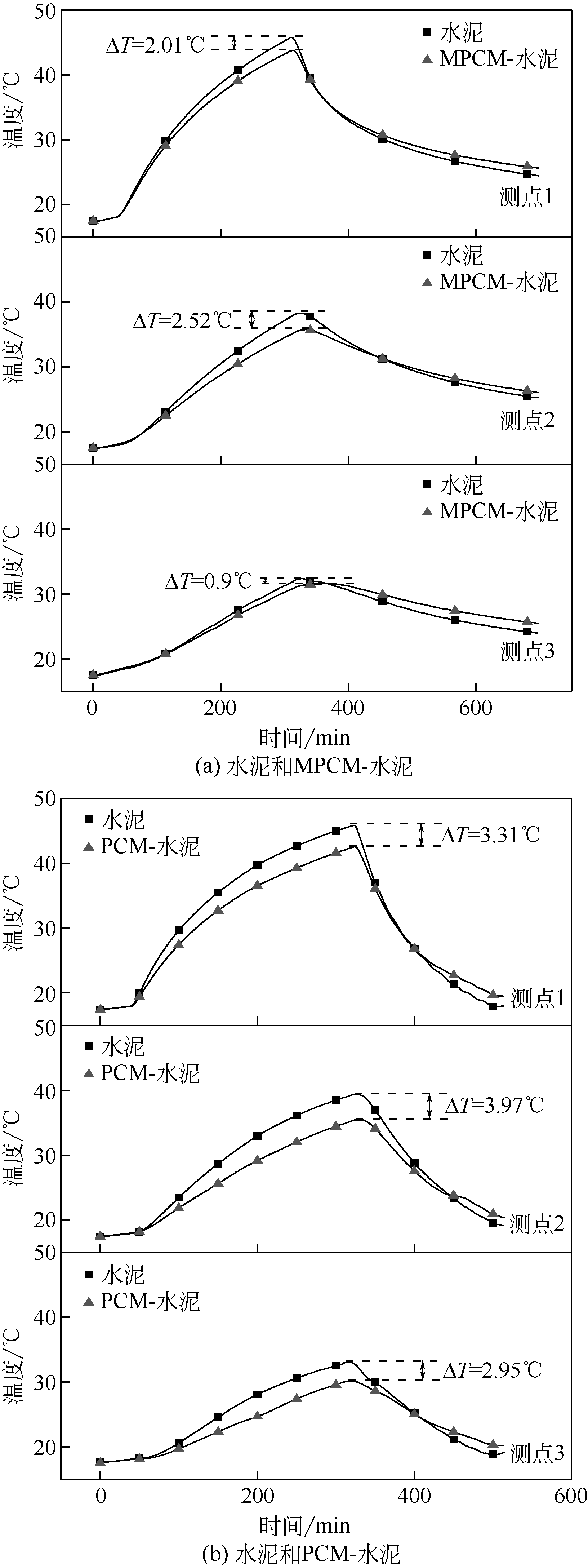| 1 |
申俊锋, 邹得球, 刘小诗, 等 . 石墨烯复合相变微胶囊悬浮液的对流换热特性[J]. 化工进展, 2018, 37(6): 2323-2330.
|
|
SHEN J F , ZOU D Q , LIU X S , et al . Convection heat transfer characteristics of graphene-based phase change microcapsule slurries [J]. Chemical Industry and Engineering Progress, 2018, 37(6): 2323-2330.
|
| 2 |
鲁进利, 吕勇军, 韩亚芳, 等 . 细小槽道换热器内相变微胶囊悬浮液对流传热DPM模拟[J]. 过程工程学报, 2018, 18(5): 951-956.
|
|
LU J L , LÜ Y J , HAN Y F , et al . Simulation on convective heat transfer of MPCMS in minichannel heat exchanger based on DPM model[J]. The Chinese Journal of Process Engineering , 2018, 18(5): 951-956.
|
| 3 |
杨春晓, 谢德龙, 司徒粤, 等 . 相变储能微/纳米胶囊的制备及其在建筑中的应用研究进展[J]. 化工进展, 2012, 31(9): 1998-2005.
|
|
YANG C X , XIE D L , SITU Y , et al . Preparation of micro/nano encapsulated phase change materials (PCM) and application to building[J]. Chemical Industry and Engineering Progress, 2012, 31(9): 1998-2005.
|
| 4 |
TUMIRAH K , HUSSEIN M Z , ZULKARNAIN Z , et al . Nano-encapsulated organic phase change material based on copolymer nanocomposites for thermal energy storage[J]. Energy, 2014, 66: 881-890.
|
| 5 |
LATIBARI S T , MEHRALI M , MEHRALI M , et al . Facile synthesis and thermal performances of stearic acid/titania core/shell nanocapsules by sol–gel method[J]. Energy, 2015, 85: 635-644.
|
| 6 |
ZHU Y , LIANG S , WANG H , et al . Morphological control and thermal properties of nanoencapsulated n-octadecane phase change material with organosilica shell materials[J]. Energy Conversion & Management, 2016, 119: 151-162.
|
| 7 |
刘丽, 王亮, 王艺斐, 等 . 基液为丙醇/水的相变微胶囊悬浮液的制备、稳定性及热物性[J]. 功能材料, 2014, 45(1): 1109-1112.
|
|
LIU L , WANG L , WANG Y F , et al . Test and analysis on the thermal properties of microencapsulated phase change material suspension using propanol/water solution as base fluid[J]. Functional Material, 2014, 45(1): 1109-1112.
|
| 8 |
ZHANG Z L , YUAN Y P , ZHANG N , et al . Experimental investigation on thermophysical properties of capric acidelauric acid phase change slurries for thermal storage system[J]. Energy, 2015, 90: 359-368.
|
| 9 |
JURKOWSKA M , SZCZYGIEL I . Review on properties of microencapsulated phase change materials slurries(mPCMS)[J]. Applied Thermal Engineering, 2016, 98: 365-373.
|
| 10 |
WANG Y , CHEN Z , LING X . An experimental study of the latent functionally thermal fluid with micro-encapsulated phase change material particles flowing in microchannels[J]. Applied Thermal Engineering, 2016, 105: 209-216.
|
| 11 |
林琦, 王树刚, 王继红, 等 . 球形胶囊内约束熔化过程的LBM模拟[J]. 化工学报, 2018, 69(6): 2373-2379.
|
|
LIN Q , WANG S G , WANG J H , et al . Numerical simulation of constrained melting inside spherical capsule by lattice Boltzmann method[J]. CIESC Journal, 2018, 69(6): 2373-2379.
|
| 12 |
VORBECK L , GSCHWANDER S , THIEL P , et al . Pilot application of phase change slurry in a 5m3 storage[J]. Applied Energy, 2013, 109: 538-543.
|
| 13 |
KONG M , ALVARADO J L , THIES C , et al . Field evaluation of microencapsulated phase change material slurry in ground source heat pump systems[J]. Energy, 2017, 122: 691-700.
|
| 14 |
DIACONU B M , VARGA S , OLIVEIRA A C . Experimental assessment of heat storage properties and heat transfer characteristics of a phase change material slurry for air conditioning applications[J]. Applied Energy, 2010, 87(2): 620-628.
|
| 15 |
LIU J , CHEN L L , FANG X M , et al . Preparation of graphite nanoparticles-modified phase change microcapsules and their dispersed slurry for direct absorption solar collectors[J]. Solar Energy Materials & Solar Cells, 2017, 159: 159-166.
|
| 16 |
SHARMA A , TYAGI V V , CHEN C R , et al . Review on thermal energy storage with phase change materials and applications[J]. Renewable & Sustainable Energy Reviews, 2009, 13(2): 318-345.
|
| 17 |
TYAGI V V , BUDDHI D . PCM thermal storage in buildings: a state of art[J]. Renewable & Sustainable Energy Reviews, 2007, 11(6): 1146-1166.
|
| 18 |
LEE S H, SANG J Y , YONG G K , et al . Development of building materials by using micro-encapsulated phase change material[J]. Korean Journal of Chemical Engineering, 2007, 24(2): 332-335.
|
| 19 |
LEANG E , TITTELEIN P , ZALEWSKI L , et al . Numerical study of a composite Trombe solar wall integrating microencapsulated PCM[J]. Energy Procedia, 2017, 122: 1009-1014.
|
| 20 |
ŠAVIJA B , ZHANG H , SCHLANGEN E . Influence of microencapsulated phase change material (PCM) addition on (micro) mechanical properties of cement paste[J]. Materials, 2017, 10(8): 863.
|
| 21 |
AGUAYO M , DAS S, MAROLI A , et al . The influence of microencapsulated phase change material (PCM) characteristics on the microstructure and strength of cementitious composites: experiments and finite element simulations[J]. Cement and Concrete Composites, 2016, 73: 29-41.
|
| 22 |
徐子芳, 王君, 张明旭 . 纳米级SiO2改性水泥胶砂作用机理研究[J]. 硅酸盐通报, 2007, 26(1): 58-62.
|
|
XU Z F , WANG J , ZHANG M X . Research on reaction mechanism of cement-motar by nano-SiO2 [J]. Bulletin of the Chinese Ceramic Society, 2007, 26(1): 58-62.
|
 ),Yang LI2,Yafang HAN1,Gaojie YANG3,Fuping QIAN1
),Yang LI2,Yafang HAN1,Gaojie YANG3,Fuping QIAN1








